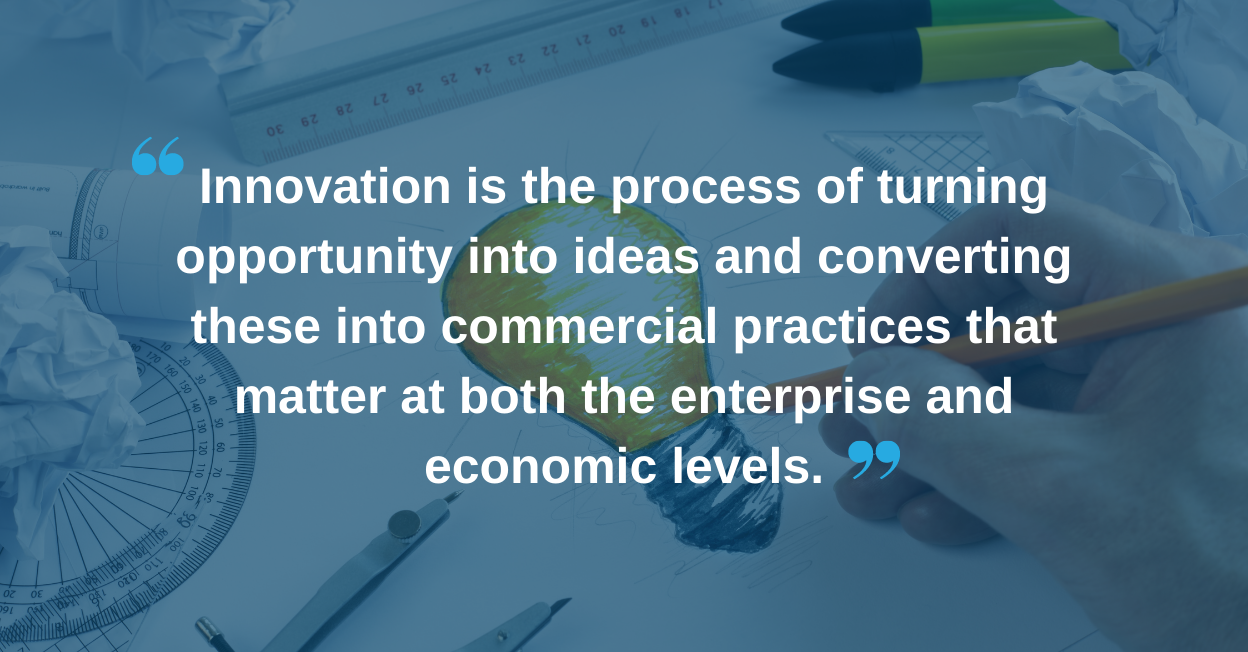
The construction industry is one of the oldest and largest in the world and plays a vital role towards the economic growth and development of all industrialised nations. Construction projects are faced with many challenges that vary at each stage of the project cycle. The difficulties, in terms of information sharing and communication on project sites are increasing alongside the complexities of unknown site conditions and lack of available data. This gives way to the concepts of cloud-based programs and interoperability solutions to play crucial roles between the various stages of any construction project.
Innovations like; smart materials, pre-cast and prefabrication solutions, RFID, radar technology, Virtual Reality (VR) technology, 3D printing and modular construction solutions, Drones, Business Information Modelling (BIM), GeoBIM, Artificial Intelligence (AI) , The Internet of Things (IoT), Automation, Big Data and Web 3.0 are examples of new technologies that are currently ripping through the construction industry landscape. Disruptive innovation is a result of new technologies like these, that can redefine the industry, open up possibilities to new opportunities and challenge existing players by creating new markets through a process of creative destruction.
The first 3D printer was invented to create prototypes and is now being used to print homes1. The first consumer VR headsets were released for gaming and are now being used by architects’ and interior designers to give their clients a more immersive experience of the finished product2. Innovation is the process of turning opportunity into ideas and converting these into commercial practices that matter at both the enterprise and economic levels.
Organisations benefit from participation in innovation networks and clusters. The practice varies across sectors of different sizes, systems and scope, and successful innovation management is centred around setting up effective routines, where embedded patterns arise from the repetition and reinforcement of such behaviour, reflecting on the underlying set of shared beliefs and ultimately the culture of the organisation. These factors highlight the need and importance for strong innovation management. Trends in the tech space opens up a of plethora of opportunities for growth and development within the construction sector. Stakeholders are becoming increasingly aware of the competitive advantages that come with the adoption of these innovative ideas and are beginning to see the importance of spotting industry trends early on, in order to stay ahead of the curve. Technology has firmly embedded itself in almost every aspect of the labour-intensive construction industry and the fore of digital technologies is expected to change how designers, construction managers, owners, consultants, materials manufacturers, contractors and subcontractors’ function and integrate with each other on a daily basis. Innovation-driven competitive advantage can be short lived, as a result of the exponential growth of technological advancements, hence the need for continuous innovation and continuous improvement.
Making use of these innovations gives a promising outlook of an increase in construction productivity, decreases in construction cost and improvements in site safety at a greater level. All in all, the potential of the construction industry in terms of material, technology, business models, innovation, and construction methods amongst others looks promising.
- Souza E. The Future Is Now: 3D Printed Houses Start To Be Inhabited in the Netherlands. ArchDaily. Published May 11, 2021. https://www.archdaily.com/961135/the-future-is-now-3d-printed-houses-start-to-be-inhabited-in-the-netherlands
- Quirk V. Disrupting Reality: How VR Is Changing Architecture’s Present and Future. Metropolis. Published June 1, 2017. https://www.metropolismag.com/architecture/disrupting-reality-how-vr-is-changing-architecture-present-future/



